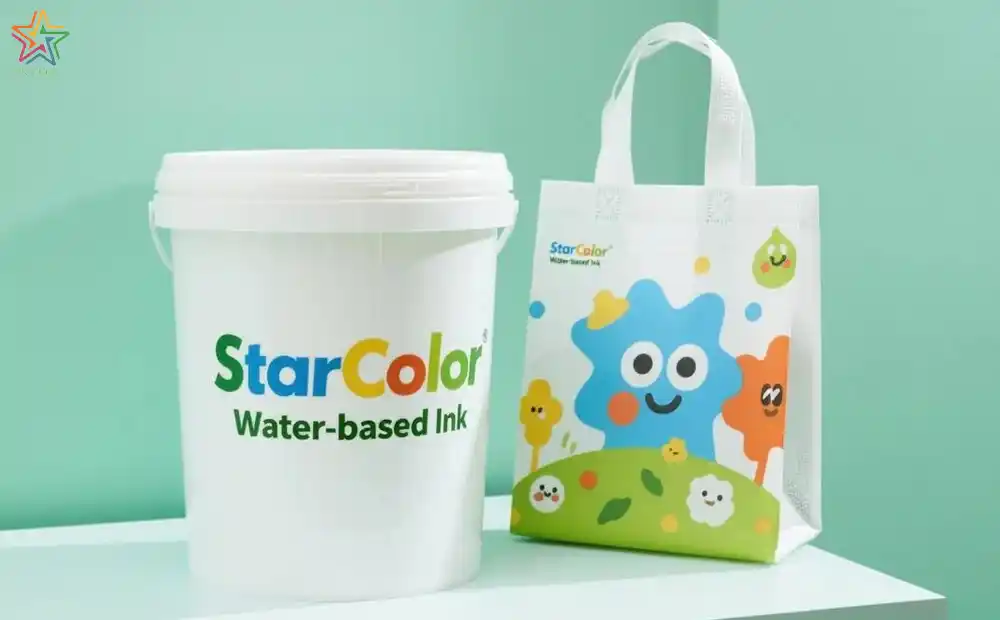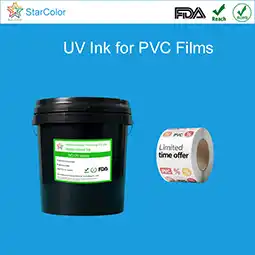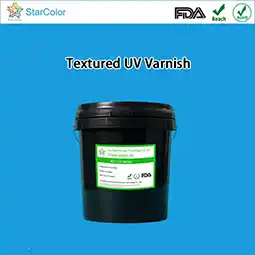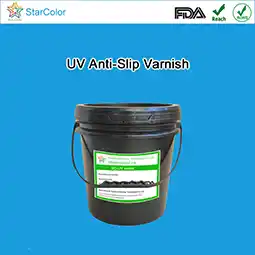How to Maintain Color Consistency with Water Based Flexo Ink?
Date: Aug 05 2025 From: Star Color Views:
In flexographic printing, color consistency is a core indicator of packaging quality for brands—variations within a production batch can erode consumer trust, while discrepancies between batches may lead to customer complaints or even returns. Water-based flexo inks, which use water as a carrier, are more sensitive to environmental humidity and process parameters than solvent-based inks, making color control significantly more challenging. This article presents a comprehensive workflow solution for consistent color reproduction from three dimensions: ink properties, process control, and equipment calibration.
I. Three Root Causes of Color Deviation in Water-Based Flexo Inks
The color reproduction process involves multiple stages—"pigment dispersion, ink transfer, drying/curing"—where failure at any point may cause color shifts. Key causes include:
1. Ink Instability
Water-based inks exhibit weaker pigment dispersion stability in water, leading to:
- Pigment settling: Density differences cause sedimentation during storage (e.g., titanium white ink may show 15% color concentration variance between top/bottom layers after 24 hours).
- pH fluctuation: Alkaline environment (pH 8.0–8.5) is critical for resin stability. pH drop causes resin precipitation, reducing saturation and introducing yellow shift.
- Batch variation: Differences in pigment content/dispersion between batches cause baseline color shifts (acceptable batch ΔE ≤ 1.0).
2. Process Parameter Fluctuations
Subtle changes in flexo’s "dynamic printing" process amplify color differences:
- Viscosity instability: Temperature heavily impacts viscosity (5°C rise ≈ 10% viscosity drop). Low viscosity yields thin/light layers; high viscosity causes thick/dark layers.
- Drying inconsistency: Variations in temperature/airflow affect resin film formation—overheating may cause pigment aggregation and darkening.
- Doctor blade pressure variance: Wear or pressure fluctuations alter anilox ink transfer, causing ±5% color density shifts.
3. Substrate & Environmental Interference
Water-based inks are highly sensitive to materials and environment:
- Substrate hygroscopicity: Moisture content differences (e.g., 1% variance in kraft paper) can cause 8% ink absorption differences.
- Ambient humidity/temperature: When workshop humidity rises from 40% to 60%, drying speed drops 30%, leaving residual moisture that lightens color and reduces gloss.
- Plate inaccuracy: Dot gain variation (±2%) directly impacts tonal reproduction, especially in light colors.

II. End-to-End Quality Control
A "stable ink – fixed parameters – controlled environment" closed-loop system is essential. Key steps:
1. Strict Incoming Ink Quality Control
- Incoming inspection: Test color strength (densitometer), fineness (grind gauge, ≤5μm), and pH per batch.
- Standardized storage: Store at 20–25°C away from light; stir 30 min before use; use within 7 days after opening.
- Custom pre-mixed inks: Request pre-matched spot colors for critical jobs to reduce on-press adjustment errors.
2. Standardize Working Parameters
Apply the "Three Fix Principles":
- Fixed viscosity: Set baselines (e.g., 25–30cps for paper; 30–35cps for film). Check hourly with viscometer; adjust with deionized water/thickeners if deviation > ±2cps.
- Fixed pH: Test pH daily (maintain 8.0–8.5); adjust with stabilizers (≤0.5% per addition).
- Fixed solids content: Maintain 35–40% solids; increase anilox LPI (e.g., 400 → 600 LPI) if solids are low.
3. Optimize Equipment & Process Parameters
- Anilox matching: Select volume/LPI based on color needs; clean weekly with ultrasound to prevent plate clogging.
- Doctor blade calibration: Set angle to 50–55° and pressure to 1.5–2.0bar; monitor with sensors; inspect blades every 8 hours.
- Drying profile control: Set temperature curves to ensure uniform drying; prevent localized over/under-drying.
4. Environment & Substrate Standardization
- Controlled workshop: Use HVAC to maintain 23±2°C and 50±5% RH; deploy humidifiers/dehumidifiers as needed.
- Substrate preconditioning: Use same substrate batch per job; acclimate materials in workshop for 24 hours; check surface tension (≥38 dyn/cm for films; corona-treat if needed).
- Plate precision control: Use laser-engraved plates with ≤1% dot gain variation; check cylinder runout (<0.01mm) before plate changes.
III. 3 Critical Inspection Methods
1. Color Difference Measurement
- Tool: Spectrophotometer with appropriate measurement mode.
- Standard: ΔE ≤ 1.5 (same batch); ΔE ≤ 2.0 (different batches).
- Frequency: After first piece; sample every 30 mins; log data for trend analysis.
2. Ink Film Thickness Monitoring
- Method: β-ray thickness gauge or microscopy (target: 1–3μm).
- Correlation: Build "thickness–color strength" chart (e.g., +0.5μm thickness ≈ +2% strength).
3. Batch Traceability Records
Maintain a Color Control Log tracking:
- Ink batch numbers & test data.
- Daily parameters (viscosity, pH, blade pressure, drying temp).
- Hourly ΔE results and corrective actions.
- Substrate batches and environmental data.
IV. Case Study: Color Stabilization for a Food Packaging Manufacturer
A snack packaging company faced inconsistent reddish-brown logo printing (ΔE=3.2 within batches), causing 8% customer complaints. After implementing:
- Ink control: Pre-mixed spot inks (ΔE ≤ 0.8); added storage tank agitators (1-hr stirring before use).
- Process optimization: Fixed viscosity at 28cps (checked every 30 mins); pH at 8.2; replaced manual blade adjustment with digital pressure valves (±0.05bar control).
- Environmental upgrade: Installed HVAC stabilizing humidity at 50% RH.
Results: Within-batch ΔE reduced to 0.9; cross-batch ΔE ≤ 1.5; complaints dropped to 0%; rework savings: ~$4,200/month.
V. Conclusion: The Core is "Control & Traceability"
Color consistency with water-based flexo inks is achievable through scientific control: minimize batch variation at source, stabilize processes, and correct deviations via real-time monitoring.
For critical applications:
- Build a standard color library for pre-press calibration.
- Calibrate equipment monthly (anilox, blades, spectrophotometers).
- Collaborate with ink suppliers on custom solutions for special colors.
For tailored color stability testing: [Request Water-Based Flexo Ink Color Calibration Support] for end-to-end guidance from ink selection to process optimization.
 RU
RU EN
EN CN
CN















